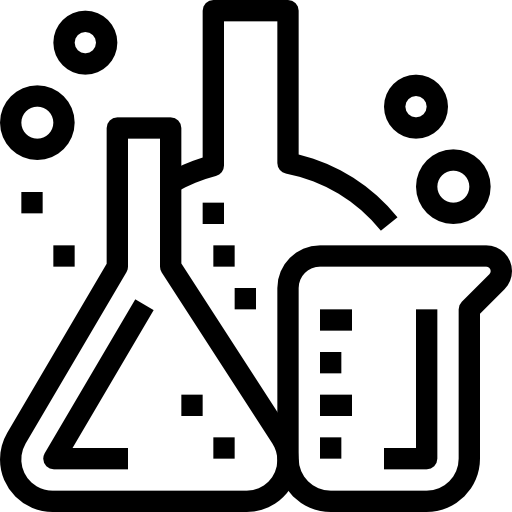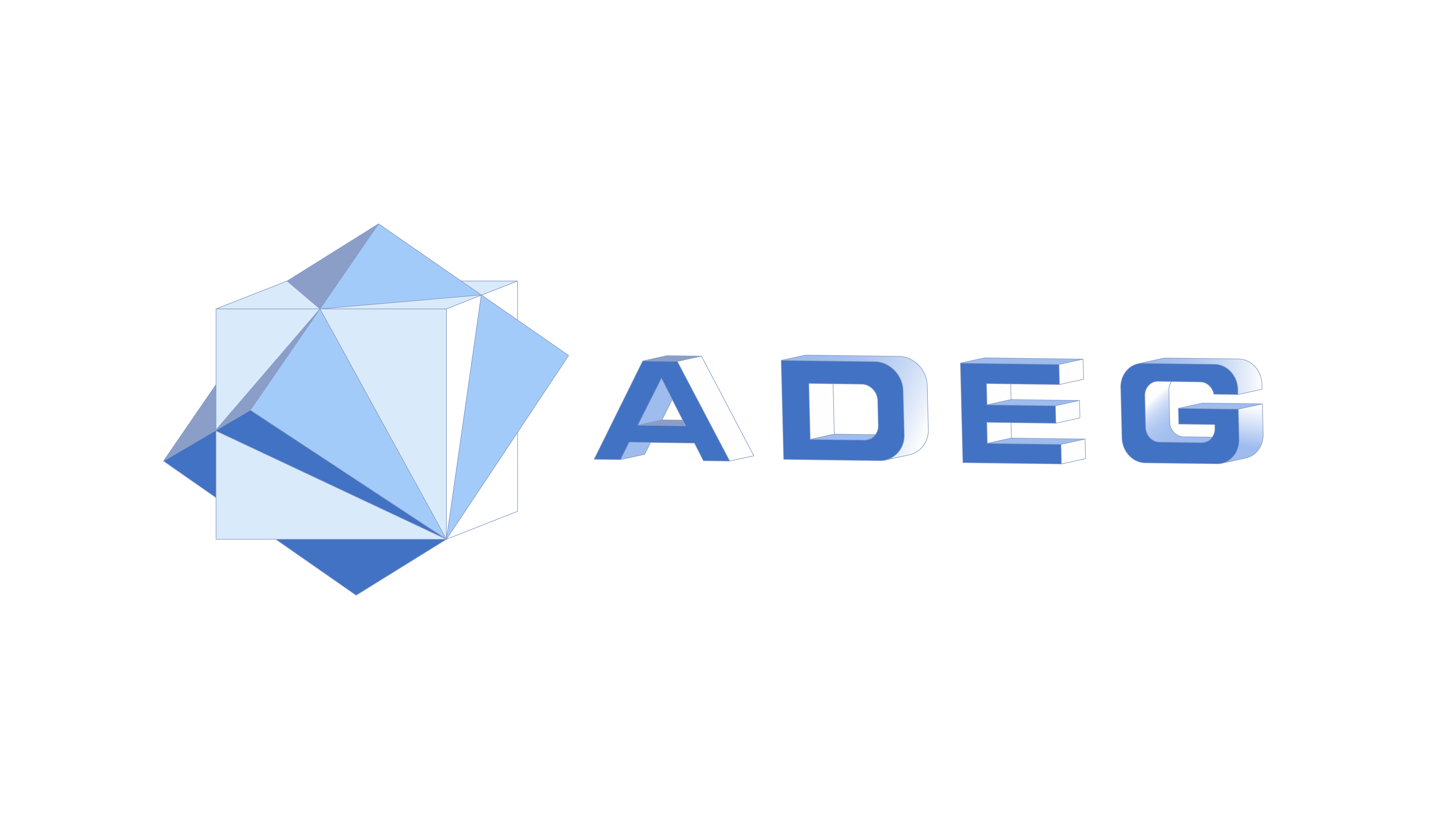FOOD INDUSTRY
FOOD INDUSTRY PRODUCTS
PRODUCTS
FOR FOOD INDUSTRY
FOOD INDUSTRY PRODUCTS

Spray-dried beet (beta vulgaris) powder concentrate supported on maltodextrin. Betanin concentration 4.3% - 4.7%. Code: E 162.
Concentration 2%-10%. Natural liquid dye E 160 a. Stabilized with alpha-tocopherol (antioxidant) and ascorbic acid. Red-orange color. Code: E 160 a.
Paprika E 160 C extract from the sweet fruits of capsicumannum (red chili pepper). Red-orange color. Coloring power 100,000 C.U. Code: E 160 c
Powdered extract, used for meat coloring. Code E 100.
Powdered extract, used for coloring fresh sausages. Code: E 120
Powdered extract from the skin of tomatoes, used for meat coloring. Code: E 160 d

It belongs to the category of benzoic acid-based antimicrobial preservatives. It belongs to the category of ANTIMICROBIAL PRESERVATIVES. Code: E211
MIX OF SODIUM NITRITE AND SODIUM CHLORIDE
Composition: sodium chloride and dietary sodium nitrite. As meat additive, has preservative and stabilizing action on the natural color of meat. Code: E 250.
MIX OF POTASSIUM NITRATE AND SODIUM CHLORIDE
50% potassium nitrate and 50% sodium chloride. It performs the function of producing and maintaining the red color of meat, preventing fat oxidation and the development of pathogens and alterants, meat additive. Code: E 252
Antifungal agent for cheese surface treatment, additive for dairy industry.
Used in particular types of cheese, in yogurt, as well as in meat and fish as meat additive and for thedairy industry. Code: E 234.

Used as an additive in the bakery industry and in thedairy industry. Code: E 281
Acidity corrector, used as an additive for bakery industry With anti-mold and anti-filant action. Code: E 282
Used as an additive in thedairy industry and how additive in baked goods. Code: E 202
Used as additive in the dairy industry. Code: E 203
Used as an antifilant, as part of the additives for baked goods. Code E 263.

It belongs to the category of ANTIMICROBIAL PRESERVATIVES, but it also finds use in the pharmaceutical industry as a component of medicines useful in restoring normal blood pH. It can be added to foods as a preservative as meat additive. Code: E 262(i)
It is used as a preservative and acidity regulator and as a corrosion inhibitor within the meat additives and additive for dairy industry. Code: E 325
In liquid or powder form, it is used as a additive for the dairy industry. Code E 570.
It can be used to reduce sodium levels in food products and is commonly used in the context of the meat additives. It is also used as a refrigerant mixture. Code: E 326
Acts as an antioxidant. Used as part of the additives for the dairy industry. It belongs to the category of ANTI-MOLD PRESERVATIVES. Code E 327

Used in the context of the EMULSYFING SALTS As an additive for the dairy industry. Code: E 330.
Used in the context of the EMULSYFING SALTS As an additive for the dairy industry. Code: E 331.
Used to raise the pH.Code: E 524.
Used to raise the pH. Code E 525.
Used to lower the pH. Code E 338.
Used to regulate acidity in frozen foods. Code E 526

Also used for its sanitizing and degreasing properties. Code E 500.
Also used as a leavening agent and stabilizer. Code E 501.
Sodium hydrogen carbonate can be found for sale under the name "baking soda" for household use. It is popular usage to combine baking soda with vinegar to make a mixture with purported cleaning, gouging and degreasing properties.
Glucono delta lactone is used as an ingredient in numerous skin preparations, both for its exfoliating effect and as a stabilizer. It also has moisturizing, antioxidant, UV-protective properties and promotes cell renewal. Code: E 575

Also used as an anti-impactant. Code: E 551
Also used as an antacid. Code:E 170
Also used as an acidity regulator and alkalinizer. Code: E 504
Also used as an anti-impactant. Code: E 552
Also used as an anti-impactant. Code: E 553

Used in the context of the meat additives, is produced by ADEG in the percentages required by the customer.
Used in the context of the meat additives, also as a stabilizer, is a protein enricher.
Used in the context of the meat additives, also as a gelling agent.
Used in the context of the meat additives, you can also add it into food creams as a gelling agent.

It is a smoke flavor suitable for flavoring pastes and saltines; it is suitable in frankfurters, hamburgers, cured sausage, and grilling meats.
Molecules obtained by grinding, fragmentation, distillation and other processes, from plants (fruits, leaves, flowers, roots, etc.) or animals.
Natural-identical flavorings are of artificial origin but with the chemical structure identical to natural flavorings.
Widely used for flavoring various kinds of dishes, such as meat and vegetables.
The product is made entirely from natural turmeric extract.

Maltodextrin is a white powder used as a food additive. It can be made from any starch, including corn, wheat, rice, potato, and tapioca.
Used to increase the level of calcium in milk before coagulation. Code: E 509.
It prevents the development of some microorganisms that can damage food.
Flavor enhancer.

Phosphates: help retain water in meat during cooking; make meat more firm.

Series of semi-finished products for fresh sausages.
Semi-finished products for cured meat curing.
Semi-finished products for rapid reddening of sausages.
Salt solutions for injection of cooked hams and shoulders.
They increase the emulsifying capacity of cheese proteins.
Three-component mixture for spraying on the surface of meats.
Mix of additives for bakery industry: acidity correcting mix for bread with anti-mold and anti-sticking action.
FOOD INDUSTRY ADDITIVE PRODUCTION
ADEG S.R.L., a leader in the food additive production, offers a wide range of additives used in multiple industries. Our additives find application in the pharmaceutical, food, construction, mechanical, metallurgical and agricultural industries, as well as in the production of plastics, paints, colors and fire extinguishers. Thanks to our experience and expertise, ADEG S.R.L. is the ideal partner for those seeking quality and reliability at production of food additives. ADEG S.R.L. is located in the industrial area of Settimo Milanese in Milan.
